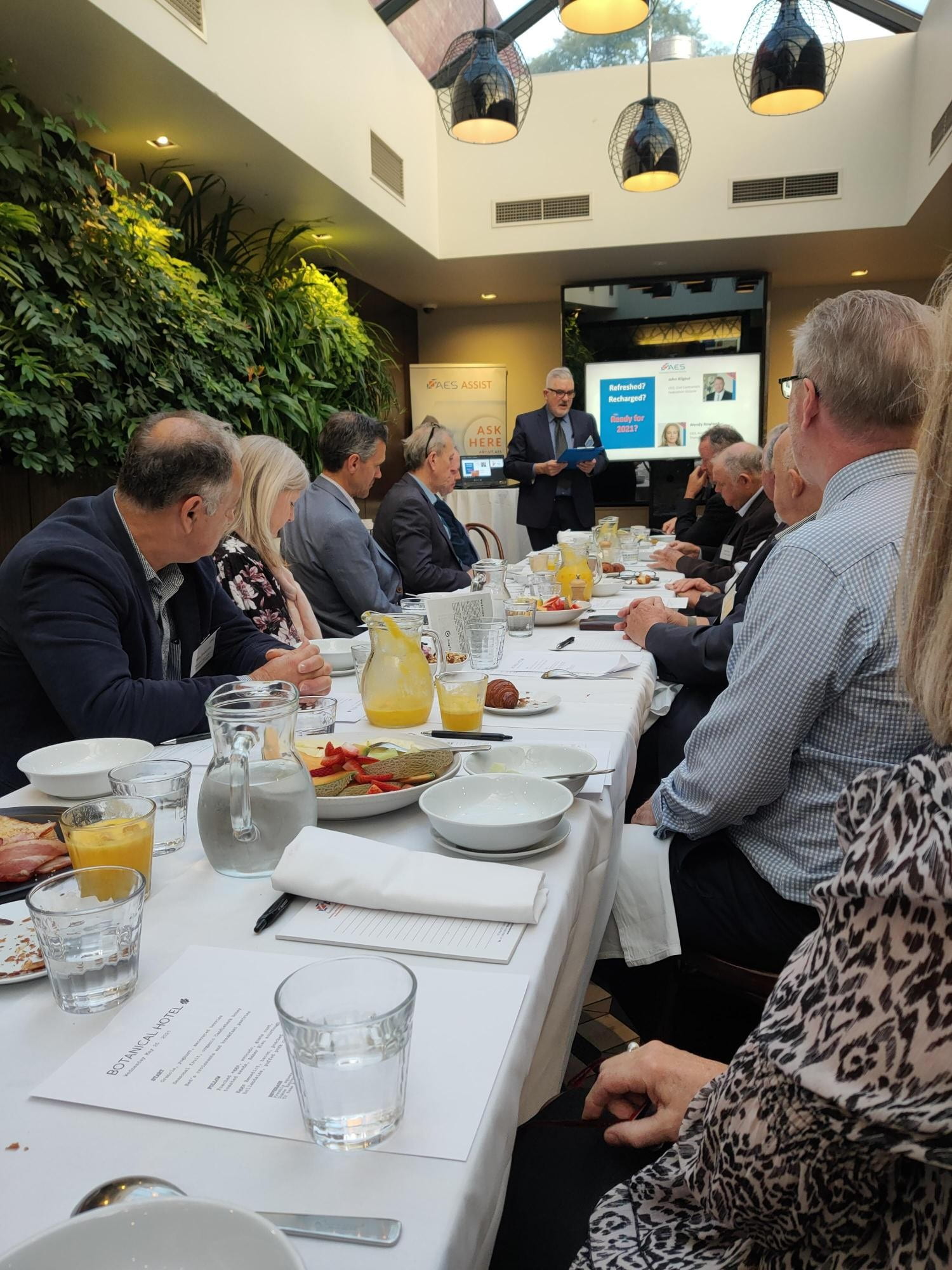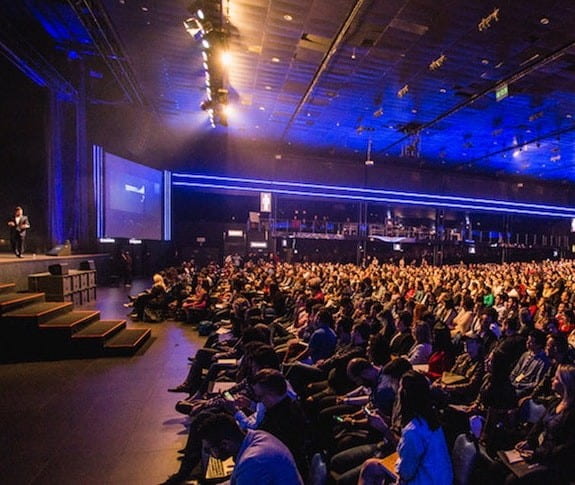Join
AES
Join
AES
Contact
Us
Contact
Us
Leadership comes in many forms; it is not necessarily a quality reserved for office bearers. Leadership is integral at all levels of your organisation.
The AES Association Executives Tool Kit has been developed for use by leaders of not-for-profit associations within Australia. It covers all aspects of managing an association and is designed to be used by Boards, committees and staff as a resource to assist them in the growth and development of their association. It includes detailed information on the various aspects of strategic planning, including how to develop a mission statement, vision, goals, objectives and more.

Running an association or not-for-profit (NFP) is no small feat. Whether you're leading a professional body, a community group, or a
national peak organisation, one question always lingers:
“How do we know we’re doing well?”
It’s a fair question—and an important one.

Empowering the Association CEO is not just a step but the pivotal first step towards achieving Association Excellence.

The latest research undertaken by Association Executive Services
tells us that the Treasurer's role on an NFP board is the hardest to recruit.

Congratulations if you have been appointed as the new CEO of an Association or not-for-profit Organisation.
As an association leader, I have had the opportunity to be appointed to this role several times, and I am happy to share a few lessons
learned during this early time to help you succeed in your new role.

We're experiencing change at an unprecedented pace, as seen with technologies like ChatGPT gaining 100 million users in just 2 months, far quicker than platforms like YouTube, Facebook, or Netflix in their early days. With shifts in commerce, climate, and public discourse, how do association leaders and futurists respond effectively? Maxime Lagace says wisdom is key. Paul Tero introduces the “DIKW Wisdom Hierarchy,” emphasising the transformation of raw data into wisdom through description and understanding processes. Harness this model to guide your organisation and adapt to our ever-evolving world.

A new year is a great time for association leaders to take a look as their leadership style and reflect on how they could adopt new approaches to improve in 2023. From inclusivity and mental health awareness, to managing competition between and giving feedback to employees, we take a look at the key trends to have on your radar.

Humans have survived and evolved by blending in. As a species, we didn’t go to the edge of the forest and yell at the wild beasts on the savannah. We learnt to hide, to be inconspicuous. We learnt not to be different because standing out meant death. For brands and leaders, the rules are different. Being brave enough to stand up and stand out is rewarded.

If you're planning on hosting a conference in 2022, choosing a theme is an essential first step. Devising a theme that is exciting, relevant
and thought-provoking is vital. Your theme will guide panel discussions and inform the topics presented on by keynote speakers.
In this article, we delve into why setting your conference theme should be an essential part of planning a conference. We
also run through some tips on how to devise a theme that will help you build an engaging program

Last month, Association Executive Services hosted a webinar focussed on advocacy to government, both during the COVID-19 pandemic and afterwards. The objective of the webinar was to explore traditional methods of influencing government policy, how those have changed in the last two years, and how associations can build strong working relationships as we move into a post-pandemic recovery.

Associations rely on their Board members to ensure proper Governance and to develop and implement strategies and policy. Many associations in Australia are fortunate enough to have their members seeking positions as Board members, but at the same time other associations can struggle to attract members.

Throughout Australia, many not for profit organisations are in the process of conducting their Annual General Meeting (AGM) of members. This is a legal requirement where the Board must organise an annual meeting of members.

An interim CEO can be a valuable tool in ensuring continuity of operations and effective change management when an association loses their CEO. This crucial role within the management team requires an experienced and skilful person, and the Board should not rush the recruitment of a new CEO. Instead, an interim CEO can be used to handle operations and maintain the association’s objectives.

Boards and management of associations have very different roles, and it’s important that these are clearly defined to ensure that everyone is completing their own responsibilities. Blurred lines when it comes to the roles of governance and of management can cause delays and frustrations on all sides, leading to a less successful organisation and negatively affecting the ability to achieve the overarching goals of the association.

Any association with newly elected Board members must ensure their Board members are fully aware of their responsibilities before they are appointed. A thorough induction process with key senior figures ensures individuals are able to start meaningful work on the Board from the outset.

One of the services that AES has offered to associations for a number of years is the provision of an interim CEO. Often, this service is utilised by association boards that are in a transition phase, defined by the recruitment of a new CEO.

Association Executive Services (AES) hosted its first face-to-face event since COVID-19 yesterday: a breakfast attended by over 20 association leaders in Melbourne. The theme for the event was Refreshed Recharged and Ready for 2021.

Professional Advantage and AES have come together to facilitate a series of webinars that will be rolled out over the next six months or so. The purpose of the series is to bring association leaders and professionals together, and have them share their strategies and experience to help one another recover from the impacts that COVID-19 has had on Australian associations.

Of the many ramifications that the COVID-19 pandemic has had on associations, its impact on events and conferences has been one of the most significant.

As many of you may know, Association Executive Services provides secretariat services to a number of associations representing a range of members. As such, the AES team members responsible for supporting these associations are at the frontline of the Australian association sector. They are witnessing, first-hand, the impact that COVID-19 is having on associations.

The COVID-19 pandemic has forced many associations’ teams to work remotely from home. This new way of working can have a huge impact on individuals’ mental health. In certain instances, it might make your team members feel disconnected from others, and it can certainly disorient their daily routines.

Amid mounting concerns over the economic fall-out that will be caused by COVID-19, the Federal Government has announced several measures to help Australian businesses.

Association Executive Services (AES) is pleased to announce the launch of its 10 Areas of Best Practice for Associations Model. This Model will help associations attain the level of excellence they need to thrive.

Over the last 12 months, we have seen a high turnover of association leaders throughout Australia. While some of this turnover may have been planned, in many cases, association leaders have resigned from their positions, suffering from high levels of anxiety. This anxiety often results in a number of personal issues.

Over the nine last years, Association Executive Services (AES) has captured information about the performance of associations in Australia. Using the AES Association Best Practice Self-Assessment tool, we have gathered data from over 450 association leaders. All these association leaders have self-assessed their organisation against 10 key areas:

In a recent meeting with a CEO of an AES member association, the issue of obtaining a quorum to run the Annual General Meeting (AGM) was discussed. At the member association's recent AGM, there were not enough members present to constitute a quorum because the association had adopted the Model Rules. The President was very anxious that the Model Rules allowed only members to attend, rather than a quorum, which he believed posed some risks to the association.

For many associations, the Annual General Meeting (AGM) is not the most popular meeting—it tends to be a very dry and formal process that does not allow for a lot of debate regarding the management of the association.

AES members include both Board members and executives such as CEOs and Executive Officers, all of who may need to obtain legal advice at some stage. For the last 15 years, I have been a friend of John Crosby a very experienced Barrister and Solicitor and former General Council for Shell Australia. He has been my legal mentor since then and I would like to share in this newsletter some of what I have learnt when seeking legal advice.

Have you recently been appointed to a mangement position within an Australian association? Do you have questions about finance and tax? Not sure if you need to complete a self assessment? Don't understand the difference between an audit and a review? Or unsure as to how much surplus you should generate per annum?

Association leaders often want to know when and how to engage government. Any time is good, as long as you are prepared, but some times are better than others. Different stages in the political cycle provide different opportunities.

Last week the Victorian Government sacked the South Gippsland Council and appointed an administrator. According to the Weekly Times, the sacking occurred as a result of a report commissioned by the Victorian Government around the disruption of the Council.
How we help membership based, not-for-profit associations now and into the future.